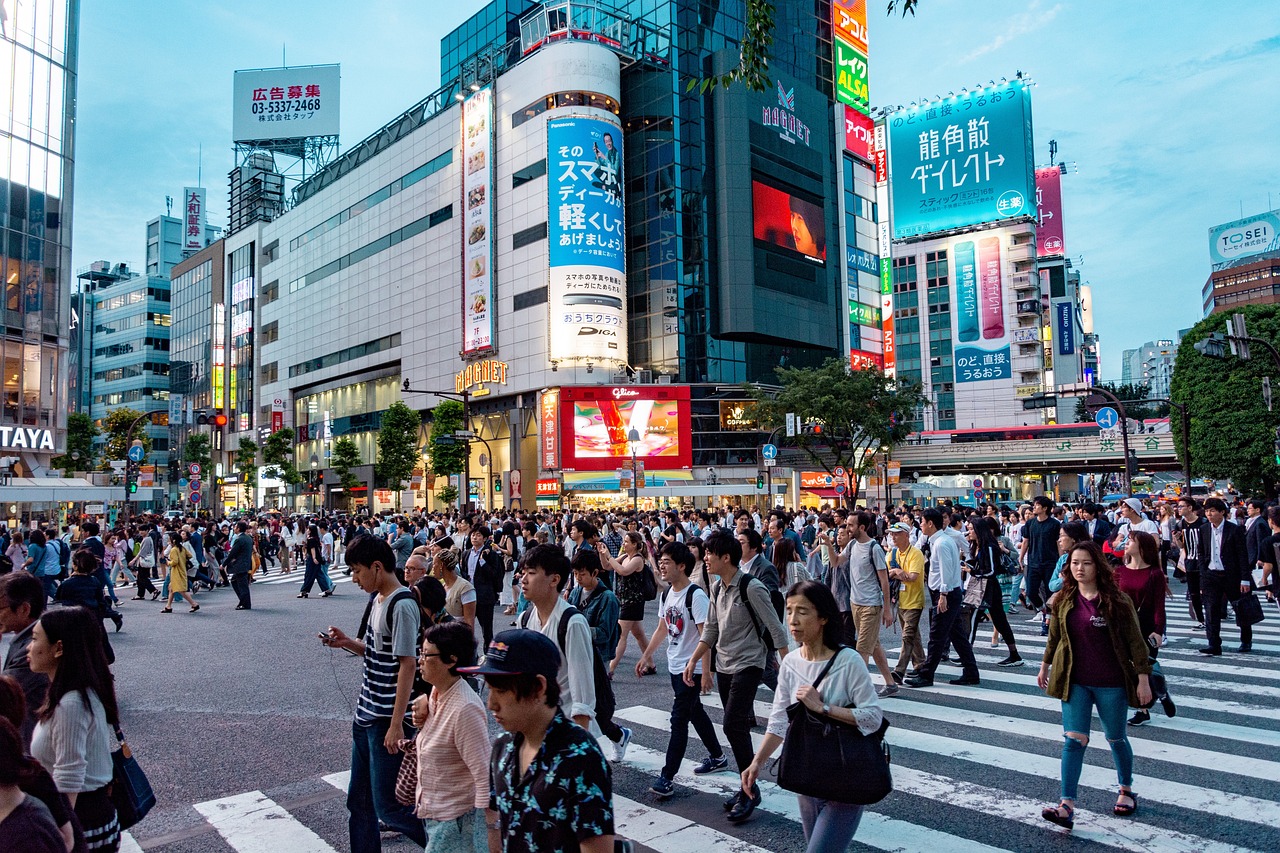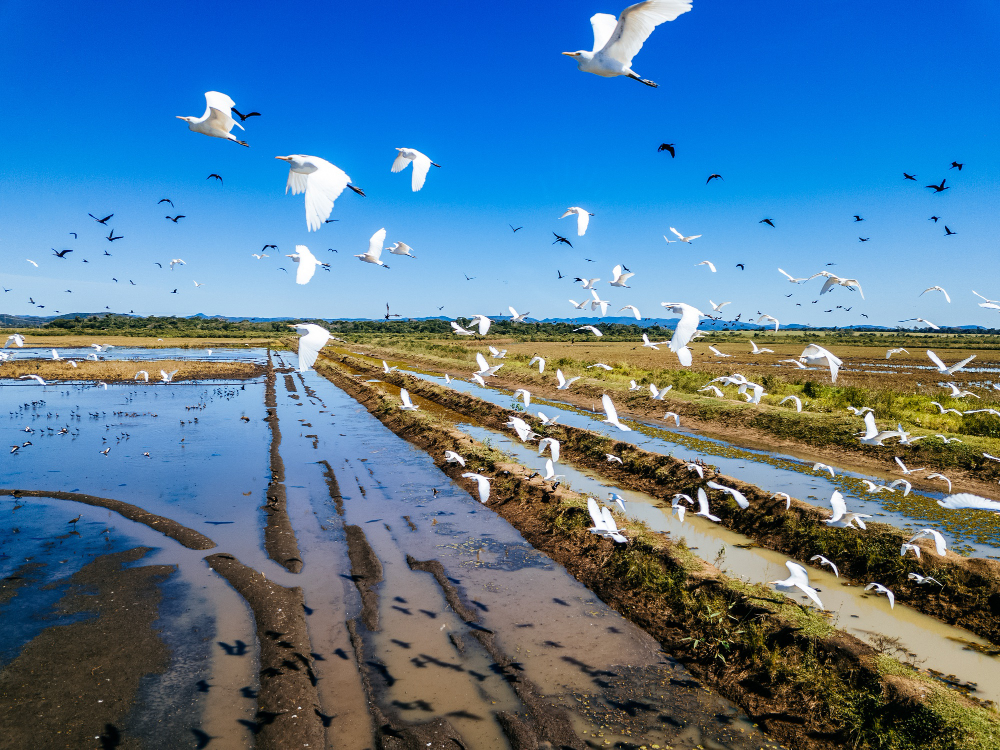 Pin
Pin Thailand was shaken by a sudden and intense earthquake, leaving residents in shock. The earthquake in Thailand caused buildings to tremble, roads to crack, and panic to spread across affected areas. People rushed outside, fearing aftershocks, as emergency services quickly responded to assess the damage. Some areas experienced power outages, and social media flooded with videos of swaying buildings and frightened citizens.
Experts confirmed the earthquake’s magnitude and epicenter, providing crucial details about its depth and intensity. While Thailand isn’t as seismically active as neighboring countries, past quakes have proven it’s not immune to strong tremors. Many wondered if this quake was an isolated incident or a warning of more seismic activity to come.
Authorities are monitoring the situation closely, ensuring that emergency response teams are deployed to affected areas. While some damage has been reported, the full impact is still being assessed. The earthquake has once again highlighted the importance of preparedness and awareness in a region that isn’t typically associated with major quakes.
Table of Contents
Latest Developments on the Earthquake in Thailand
A powerful 7.7 magnitude earthquake struck Southeast Asia on March 28, 2025, with its epicenter near Mandalay, Myanmar. The tremors were felt strongly in Thailand, particularly in Bangkok, causing significant damage and casualties. Buildings shook violently, and residents rushed out of their homes in fear. Many spent hours in open spaces, worried about possible aftershocks.
One of the most tragic incidents occurred in Bangkok’s Chatuchak district, where a 30-story government office under construction collapsed. At least three people lost their lives, and around 90 individuals are still missing. Emergency responders are working tirelessly, using heavy equipment and rescue dogs to locate survivors trapped under the debris.
Public transportation, including metro and light rail services, experienced partial suspensions as authorities inspected tracks and infrastructure for damage. The Stock Exchange of Thailand was also temporarily halted, as officials assessed the safety of the trading floor.
Thai Prime Minister Paetongtarn Shinawatra addressed the nation, assuring that all necessary assistance will be provided to those affected. The government has mobilized relief efforts, sending rescue teams, medical personnel, and essential supplies to the hardest-hit areas.
Authorities continue to assess the full extent of the damage, and aftershocks remain a concern. The situation is rapidly evolving, and residents are advised to stay updated through official sources while prioritizing their safety.
Historical Earthquakes in Thailand: A Look Back
While Thailand is not typically associated with frequent seismic activity, its history reveals several significant earthquakes that have impacted the nation. One of the earliest recorded events dates back to 460 AD, when a powerful quake led to the submergence of an entire village, forming a lake. In 1568, Chiang Mai experienced a tremor that damaged an 86-meter-high pagoda, highlighting the vulnerability of historical structures to seismic forces.
More recently, on May 5, 2014, a 6.1 magnitude earthquake struck Chiang Rai, causing extensive damage to buildings and roads. The quake resulted in one fatality and 23 injuries, serving as a wake-up call for improved building codes and disaster preparedness in the region.
The March 28, 2025 earthquake, with its epicenter near Mandalay, Myanmar, has been one of the most impactful in recent times, significantly affecting Thailand. The collapse of the 30-story building in Bangkok and the widespread panic underscore the importance of preparedness for such disasters. These historical events serve as a reminder that, although infrequent, earthquakes can and do occur in Thailand, making vigilance and preparedness essential.
Earthquake Preparedness: Essential Safety Tips for Thailand
Experiencing an earthquake can be frightening, but being prepared can reduce risks and help keep you safe. Here are some essential steps to follow before, during, and after an earthquake in Thailand.
Before an Earthquake:
Create an Emergency Plan: Make sure your family knows what to do, where to meet, and how to communicate in case of a disaster.
- Prepare an Emergency Kit: Keep essentials like water, non-perishable food, medications, flashlights, batteries, and important documents ready.
- Secure Your Surroundings: Anchor heavy furniture and appliances to prevent them from falling during a quake. Ensure your home meets earthquake safety standards.
During an Earthquake:
- Drop, Cover, and Hold On: If indoors, get under sturdy furniture, cover your head, and hold on. If no furniture is available, crouch near an inside wall and protect your head with your arms.
- Stay Indoors: Do not run outside. Stay away from windows, mirrors, and falling objects.
- Avoid Elevators: If you’re in an elevator, press all buttons and exit as soon as possible.
After an Earthquake:
- Check for Injuries and Damage: Look for injuries and provide first aid if needed. Check your surroundings for structural damage, gas leaks, or electrical hazards.
- Be Prepared for Aftershocks: Aftershocks can occur minutes to days later. Stay alert and ready to drop, cover, and hold on again.
- Follow Official Instructions: Listen to local news and authorities for evacuation orders and other important updates.
Being prepared and knowing what to do can save lives during an earthquake. Stay informed, stay ready, and stay safe.
Recovery and Relief Efforts Following the Earthquake in Thailand
In the aftermath of the 7.7 magnitude earthquake that struck Southeast Asia on March 28, 2025, Thailand has launched large-scale recovery and relief operations to help those affected. The collapse of a 30-story building in Bangkok’s Chatuchak district remains a critical rescue site, with emergency teams working around the clock to locate missing individuals and assist survivors trapped under debris. Specialized rescue equipment and sniffer dogs are being used to navigate unstable structures.
The Thai government, led by Prime Minister Paetongtarn Shinawatra, has declared Bangkok a disaster zone and mobilized resources to provide immediate aid. Medical teams have been dispatched to treat the injured, while temporary shelters have been set up for those who lost their homes. Emergency supplies, including food, water, and medical kits, are being distributed to affected communities.
International assistance has also been offered, with organizations like the Red Cross assessing humanitarian needs. Countries such as India and members of the European Union have pledged support, ensuring that both immediate relief and long-term recovery efforts are effectively implemented. The focus now is on rebuilding damaged infrastructure, providing psychological support to survivors, and preparing for potential aftershocks to prevent further devastation.
The solidarity and resilience of the Thai people, combined with national and international aid, are crucial in overcoming the challenges posed by this disaster and ensuring a strong recovery.
Economic Impact of the Earthquake in Thailand
The 7.7 magnitude earthquake that struck Thailand and neighboring regions on March 28, 2025, has caused major economic disruptions. The collapse of a 30-story building in Bangkok’s Chatuchak district has drawn attention to construction safety standards, which could lead to stricter building regulations and increased costs for real estate developers.
The Stock Exchange of Thailand (SET) temporarily suspended trading after the quake, affecting markets like the Market for Alternative Investment (MAI) and Thailand Futures Exchange (TFEX). Investors reacted with caution, leading to a sharp drop in real estate and tourism stocks, as fears of long-term economic consequences spread.
Thailand’s tourism industry, one of the country’s biggest revenue sources, is also expected to suffer. Widespread news coverage of the disaster may lead to canceled bookings and a decline in tourist arrivals. The temporary shutdown of public transport systems in Bangkok further disrupted businesses and daily commutes.
The government is now focusing on economic recovery, with plans to rebuild infrastructure, offer financial aid to affected businesses, and restore investor confidence. While the earthquake has shaken Thailand’s economy, swift recovery measures will determine how quickly the country rebounds from the crisis.
FAQs
The earthquake that struck Thailand on March 28, 2025, had a magnitude of 7.7. The tremors were felt in Bangkok and other parts of Southeast Asia, causing significant damage and casualties.
Bangkok was one of the worst-hit areas, especially the Chatuchak district, where a 30-story building collapsed. Other provinces also reported structural damage and aftershocks, affecting transportation and daily life.
The Thai government is assessing the damage and ensuring public safety. While some areas remain affected, most of Thailand’s tourist destinations are operational. Travelers should stay updated on official advisories before planning their trips.
The government has declared disaster zones, deployed rescue teams, and set up temporary shelters. International aid and financial relief measures are also being implemented to help affected communities.
During an earthquake, follow the “Drop, Cover, and Hold On” method. Stay indoors if possible, move away from windows, and avoid using elevators. After the shaking stops, check for injuries and follow official safety instructions.
































